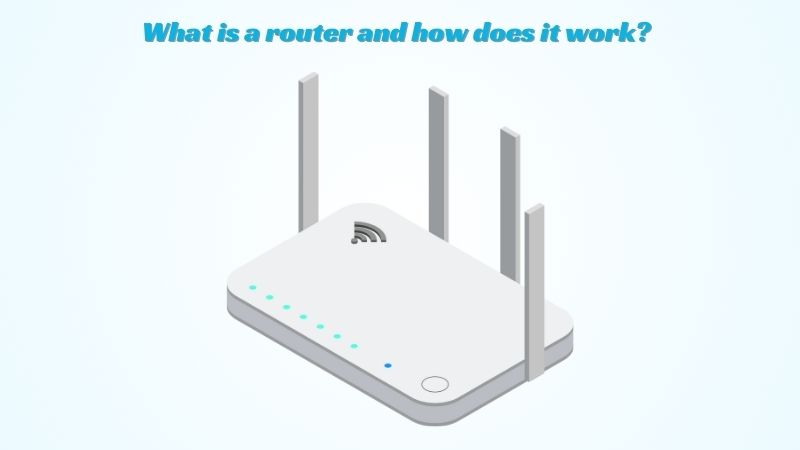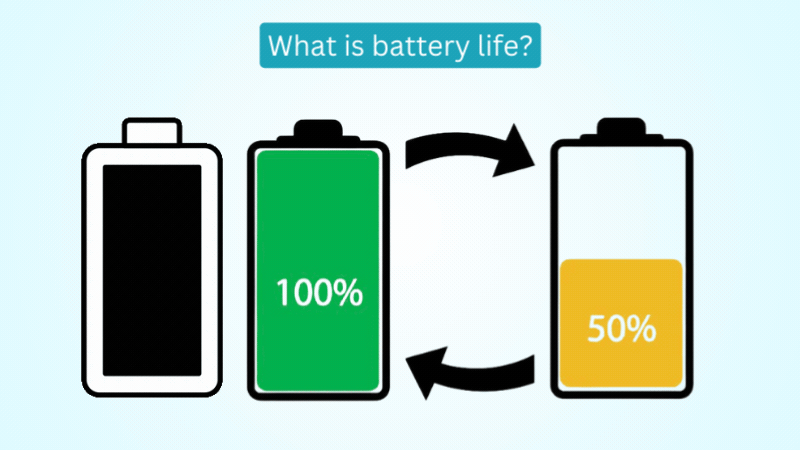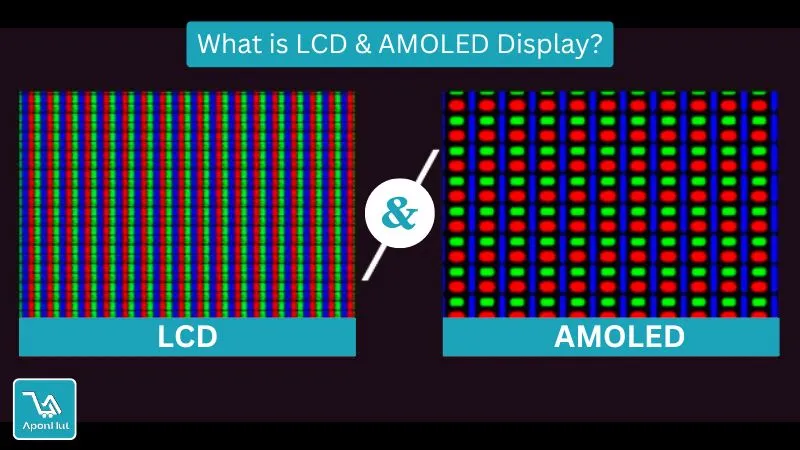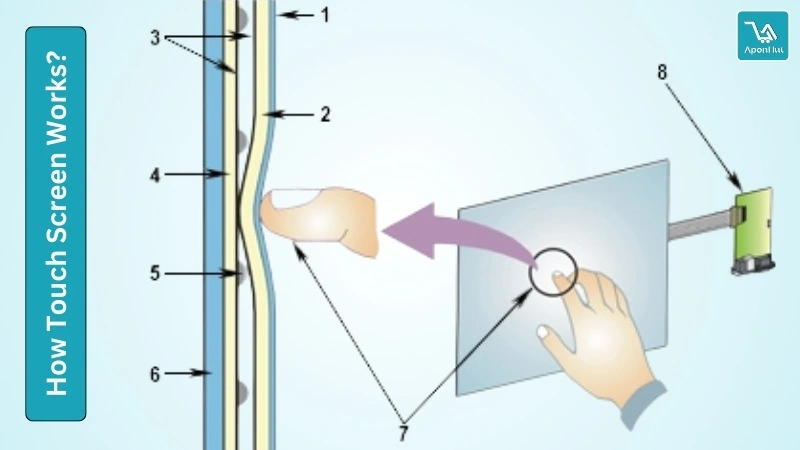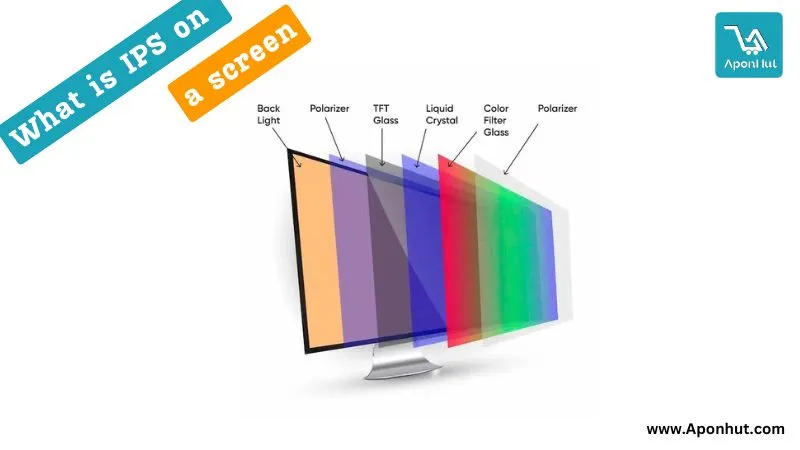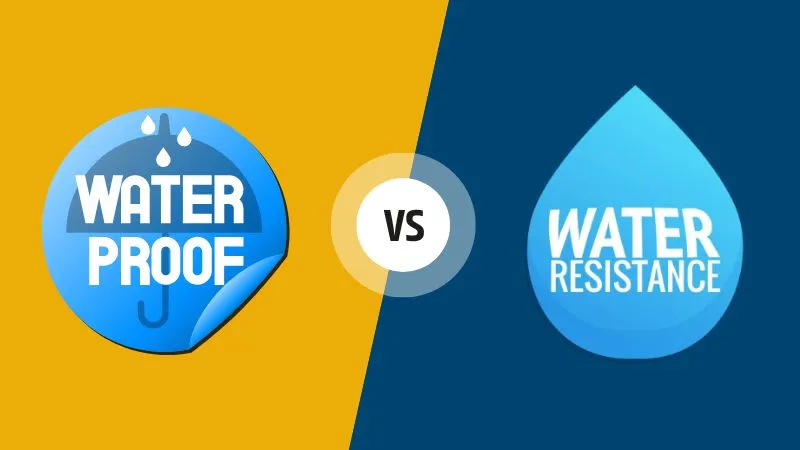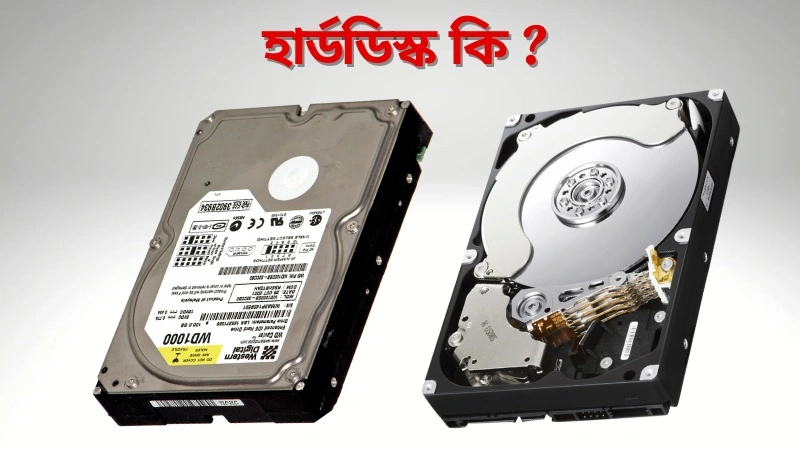Product Model Definition
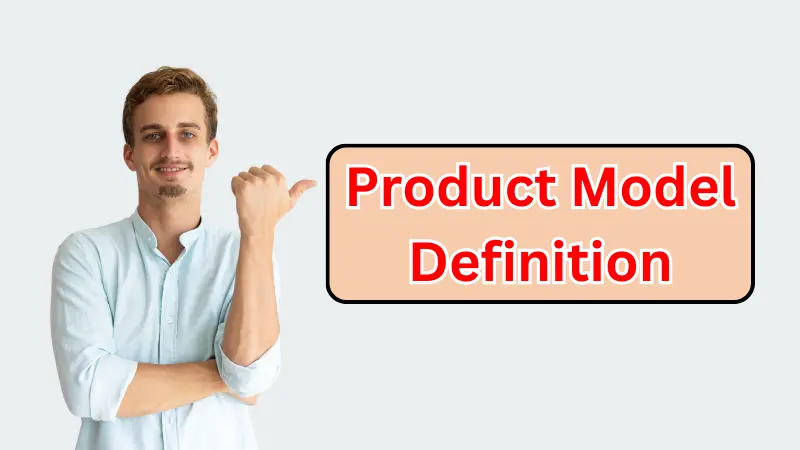
Product Model Definition
If you're an entrepreneur or business owner, you're probably familiar with the term "product model," having heard the term used in conversations about product development and business growth. What does the product model mean and why is it so important?
What is the product model?
A product model is the design of a product, which generally refers to the product's characteristics, quality, features, design, price, etc. Product models are used in the organization's marketing activities and are used in marketing campaigns that try to make people aware of the product's features and benefits. Product models are developed and used by the organization's marketing representatives to clearly explain the product's features and benefits to customers. Also, product models help in product development and marketing preparation. It plays an important role in the marketing and sales of the product by giving the right impression to the customers.
What is the definition and importance of product models?
Simply put, a product model is a framework that guides the creation and implementation of a product or service. It includes various elements such as design, features, functionality, pricing, target audience and marketing strategies. The main goal of a product model is to ensure that the product or service meets customers' needs and effectively solves their problems.
Let's discuss the definition and importance of product model:
Product modeling is vital as it helps businesses stay relevant and competitive in an ever-changing market By constantly improving and innovating their products and services, businesses can attract and retain customers, increase revenue, and build a strong reputation in the industry.
A well-defined product model can also help businesses streamline operations and reduce costs. With a clear understanding of product design, features and target audience, businesses can optimize their manufacturing processes, reduce waste and reduce the risk of overproduction or underproduction. As a result, it can increase efficiency, profitability and sustainability.
Importance of the Product Model:
Product modeling is a simple process; Product modeling is not about understanding product constraints but understanding the product. That's why it's good to understand the business community and understand it as a source of need for their own approach.
Help with marketing
The product model is important for marketing planning because it defines product features, price, quality, etc. It structures the marketing plan that attracts customers and creates motivation to sell the product.
Manufacturing of products as per the customer's idea
The product model builds products based on customer preferences and behavior. It helps to attract customers to the product and makes the product as desired by the customers.
Increased branding and recognition
Product models play an important role in branding and identity. It conducts various promotional activities according to the sentiment of the product to improve the brand value and awareness of the product. As the Apple brand is very well known in Bangladesh, any products of this brand, like Apple iphones, Apple AirPods, and various accessories from Apple, are very well known to everyone. Different brands of mobile phones are available in Bangladesh, such as Samsung, Apple iPhone, Google Pixel, Infinix, Vivo, Oppo, Realme, and many other brands, and their different models or variants are available in the market.
Marketing decision-making
Important marketing decisions are made through the product model. Different marketing strategies are decided upon based on product features, price, value, and customer familiarity.
Differentiating Product Model from Other Business Models
There are some differences between the product model and other business models, which are listed below:
Differences in production and marketing
In other business models, production and marketing are two key concepts, where production is creating a product or service and marketing is selling it. In contrast, the product model focuses primarily on product modification, improvement, and sales.
Sources of value and value
Other business models focus primarily on business services or production, where quality and value are of primary importance. With the continuous improvement of the organization, the quality and value of the product become more valuable, and it receives the preference of the customers.
Branding and marketing
The product model focuses mainly on branding and marketing through the product, while the quality and value of the product are avoided through future improvements to the brand. In other business models, company branding usually emphasizes expansion and service.
Customer relationship
The product model focuses mainly on the relationship with the customer, where each customer's expectations and initial needs are understood. In other business models, the company's primary goals are value creation and customer engagement.
Reform the construction of production or service delivery.
The product model usually controls people in the production and sale of some type of product that is dependent on the amount of production and supply of the product. On the other hand, business models rely on time and enthusiasm to deliver services or other activities.
Marketing
The product model is more about marketing, where the content is mainly about the product's quality, benefits, price, and availability. The business model for marketing services or other activities is usually marketing based on human relationships and customer experience.
Material supply
In the product model, material supply is the critical part of the production and sales chain, where pricing is determined between the material and the product. On the other hand, in a business model, the supply of materials is usually not as significant as the supply of services.
Pricing:
In the product model, the price of the product usually depends on the price of the material, the cost of production, and the profit. In business models, prices are usually determined based on the human availability of services or other activities and the expected quality of service.
Customer experience
In the product model, customer experience typically depends on the product's quality benefits, packaging, and delivery process. In business models, customer experience usually depends on service quality.
Product modeling is often confused with other business models such as business-to-business (B2B) and business-to-consumer (B2C). Although these models are certainly related to product modeling, they have some distinct differences.
For example, B2B models sell products or services to other businesses rather than individuals. Product models in a B2B context, therefore, must take preferences of the business, including factors such as cost-effectiveness, reliability and scalability.
B2C models, on the other hand, sell products or services directly to consumers. In a B2C context the product model should focus primarily on user needs, such as convenience, affordability and quality.
Role of Product Model in Product Development
The role of the product model in product development is very important. A product model is an infrastructure or design that provides specific information, qualitative features, and experiences about a product or service. It represents the description, enjoyment, and content of any product or service.
The product model is primarily based on product features, quality, price, services available, etc. Also, the product model is developed based on information such as customer preferences and requirements, market substitution, organization plans, etc.
A good product model often demonstrates the following:
Important Key Features of the Organization:
It mentions the main features and key benefits of an organization that attract customers.
Features and Benefits:
The special features of the product and how it can benefit customers are mentioned.
Price:
The value of the product and how it can help facilitate the customer's purchase are indicated.
Attractiveness:
Mentions how to create attractiveness for the product.
Customer Experience:
Emphasis is placed on the customer experience or the usefulness of the services offered.
Branding:
Reputation and expertise related to the organization's brand and product model are noted.
These specified examples contribute to the development of product models
Product modeling is very important, as it allows businesses to plan and design their products more effectively. The product model serves as a roadmap that outlines the product's key features and functions, identifies potential challenges, and establishes a clear timeline for development and release.
Effective product modeling can help businesses identify any weaknesses in their existing product lines and develop new products that address those weaknesses. By considering customer feedback and market trends, businesses can create products that meet the growing needs of their target audience and stay ahead of the competition.
What are the processes involved in creating a product model?
Building a successful product model involves several steps and processes, each of which plays a critical role in ensuring the product's success. These include:
Market Research:
The first technical and marketing research is done for the product. It includes market competition statistics, customer preferences, market demand, etc. It involves collecting audience information about various targets, including their preferences and behavior points. Market research is done to develop a product that meets the needs of customers and effectively solves their problems.
Product Design:
It involves creating a visual representation of the product with its features, functions, and user interface. Product design should incorporate feedback gathered during market research and align with the overall goals of the product model. Conceptualization of technological or ideational innovations and improvements. This may be related to improving product design, functionality, and features.
Prototype Development:
Prototypes are created so that companies, vendors, and customers can test them before the product is released. It is important to create a working prototype of the product that can be tested and refined based on customer feedback and market trends.
Testing and reviewing:
Organizations test and review products by collecting prototypes and feedback from various product vendors. Product features, usability, and overall performance are tested to ensure that they meet customer needs and are defect-free.
Launch and Marketing:
This involves launching the product on the market and creating marketing campaigns that attract and retain target customers.
Competitive Analysis:
Competitive analysis discusses the features, prices, marketing methods, etc. of other products in the market.
Marketing Plan:
A marketing plan is developed by targeting the product. It considers marketing, marketing communication, marketing market mission, and other marketing questions.
Manufacturing and Transportation:
Plans are made for the production and transportation of products.
Marketing and Sales:
Proper planning of the marketing and sales of the product.
How are product models defined in legal contracts?
Product Model means each modification of a FEELit Mouse Product or Planar Force Feedback Cursor Control Device that (i) differs by addition or modification by means of an enhancement or (ii) constitutes a change in form factor or (iii) involves a material change other than immersion. In force-feedback functionality created by either party. Purely cosmetic changes (eg, color or styling) to the physical appearance of the Fillet Mouse Product or Planar Force Feedback Cursor Control Device, or changes that do not alter the force-feedback functionality but reduce manufacturing costs, shall not constitute a product model.
A product model is a unique variant of a device that differs due to enhancements, changes in form, or significant changes in functionality implemented by third parties. Only changes that fundamentally affect the functionality of the device are considered; cosmetic changes or those that reduce production costs without affecting functionality do not constitute a separate product model.
A product model means that products are distinguished by presenting identical or similar critical characteristics, with differences, if any, having no effect on their safety level, unless proven otherwise by the manufacturer or importer.
A product model is a specific group of products that are highly similar in functionality and features, sharing many common elements but differing in design or minor features.
Product model means the specific product name used to market the product.
Product model means all instances of a given product, including a hardware device or software application, are recognized as the same model by the coordinator during device certification.
Which definition should you use?
Our AI Legal Assistant combined and improved the descriptions above to create the following market-standard 'Genie definitions', with guidance on which documents and which industries to use for each.
Genie Definition 1
A product model is a variant of a product with distinct or improved features, form, or functionality.
Type of relevant contract
supply contract
Agreement of Sale
Manufacturing contract
Distribution Agreement
Relevant circumstances
Launching a new product
Updating or improving an existing product
Introducing a variation of an existing product
Relevant sector
Technology
Consumer Electronics
Automotive
Genie definition 2
A product model is a unique identifier used for a product in the market.
Type of relevant contract
Trademark Agreement
License Agreement
Branding agreement
Relevant circumstances
Naming a new product
Registering product models for trademarks
Relevant sector
fashion
publication
Arts and entertainment
How do you choose the right product model for your business?
In order to choose the right product model for your business, you should aim to carefully consider the customer, market needs and business goals. Factors that need to be considered are:
Target Buyer:
Who are your customers, and what are their needs and preferences? All these things should be taken care of.
Competition:
What products and services are currently available on the market, and how can your business differentiate itself?
Budget:
What is your budget for product development and purchasing?
Industry Trends: What are the current trends and innovations in your industry, and how can your business capitalize on them?
Business Goals:
You need to have an idea of what your overall business goals are and how you can achieve them according to your product model.
Some examples of successful product models from various organizations
Apple:
Known for its sleek design and user-friendly interface, Apple's product model focuses on innovation, quality, and the customer experience. All the products of Apple, like the Apple Phone, Apple AirPods Pro 2nd, or Pro 4 TWS Wireless Earbuds, are very well known.
Peloton:
Peloton's product model combines hardware and software to provide an immersive and interactive at-home fitness experience.
Spotify:
Spotify's product model focuses on a freemium pricing strategy that offers a free, ad-supported version of the app as well as a premium version that includes additional features and removes ads.
Tesla:
Tesla's product model centers around electric cars that provide a sustainable and environmentally friendly alternative to traditional gas-powered vehicles.
Amazon:
Amazon's product model offers a wide range of products and services at competitive prices, prioritizing customer convenience and satisfaction.
What are the common mistakes when creating a product model?
There are some common mistakes when creating a product model.
Ignoring customer feedback:
Failure to consider customer feedback and preferences can result in a product that does not meet the needs of the target audience.
Copying Competitors:
Simply copying your competitors' product models can result in a lack of differentiation and failure to stand out in the market.
Additional complications of the product:
Trying to include too many features or functions can make the product difficult to use and ultimately reduce customer satisfaction.
Ignoring market trends:
Failure to keep up-to-date with market trends and innovations quickly makes a product obsolete and irrelevant.
Not testing and evaluating:
Failure to test and evaluate the product at each stage of development can lead to significant issues and problems that could have been addressed earlier.
How to measure the success of your product model
Measuring the success of your product model requires tracking various metrics and indicators such as:
Sales Revenue:
How much revenue has your product generated over a period of time?
Profit Margin:
What is your profit margin on the product?
Customer Satisfaction:
How satisfied are your customers with the product?
Market Share:
What percentage of the market share does your product have?
Market Reputation
How has your product model affected your overall brand?
Conclusion
A product model is a model of an organization's specific production process or technology, concepts, systems, management, and marketing methods used in production. It depends on all the circumstances of the production process, the sales process, and the important quality characteristics of the product. A product model provides answers to many questions behind a particular production method, such as what product should be produced, how much should be produced, how the product should be sold according to the marketing process, etc. It provides technical and operational support to the organization to run the production and sales processes in a healthy and efficient manner. It provides a vital part for the rise and progress of the organization by combining the initiatives of the organization.
The advantages and disadvantages of implementing a product model in your business
As with any business strategy, implementing a product model has its own advantages and disadvantages.
Benefits:
Increase customer satisfaction and loyalty.
Improved product quality and innovation
Higher income and profitability
Strong market presence and reputation
A clear roadmap for product development and sales.
Disadvantages:
High upfront costs for research and development
Risk of failure if the product is not successful in the market
Product updates and improvements require ongoing investment and resources.
This may require significant changes to the company's existing processes and culture.


